borderless and brilliant: teamlab’s dreamlike digital art museum is now open
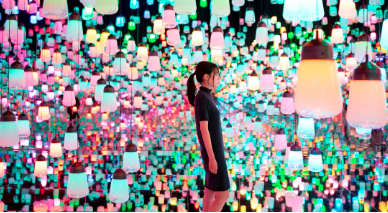
Click here to view original web page at www.designboom.com
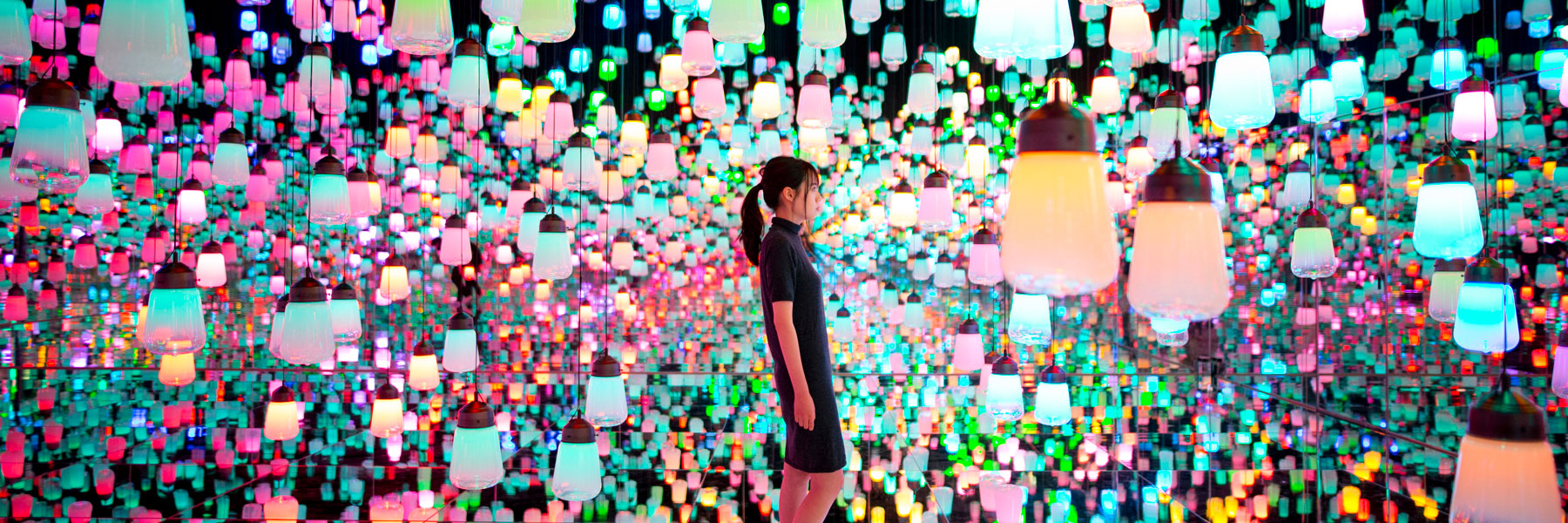
set across a monumental 10,000 square meters and comprising more than 50 artworks in a single space, teamlab’s mori building digital art museum is officially open to the public. the immersive institution features multiple 3-dimensional spaces that revolve around the theme of ‘borderless’, removing the boundaries between art and visitors. the japanese collective of ‘ultra-technologists’ have titled the entitled the extensive exhibition ‘teamlab borderless’ to describe the free-flowing nature of the boundary-free installations that transcend the various rooms, communicating with other artworks and even blending in with them.
following our preview visit earlier this year, designboom took an exclusive tour of the museum upon its opening. we spoke with the teamlab creatives to learn more about the scale of the exhibition, the technologies involved, and how the theme of ‘borderless’ helps break boundaries between art and visitors.
the all-new museum concept ‘teamlab borderless’ is located in the palette town complex of odaiba, and has been a collaborative initiative with mori building — a noted supporter of culture and art. teamlabutilizes digital technologies to express art and tear down the boundaries between ‘one art and another’, ‘art and visitors’, and ‘oneself and others’. at the museum,
furthermore, visitors ‘melt’ into the digital works and become part of them as they transform according to the presence of people. human activity determines the movement of the artwork, and the physical world continually influences the connections between the digital objects and surrounding environment. the ever-evolving installations are calculated in real time, producing a complex, seemingly natural world. ‘as we immerse and meld ourselves into this unified world, we explore a continuity among people, as well as a new relationship that transcends the boundaries between people and the world,’ teamlab describes.
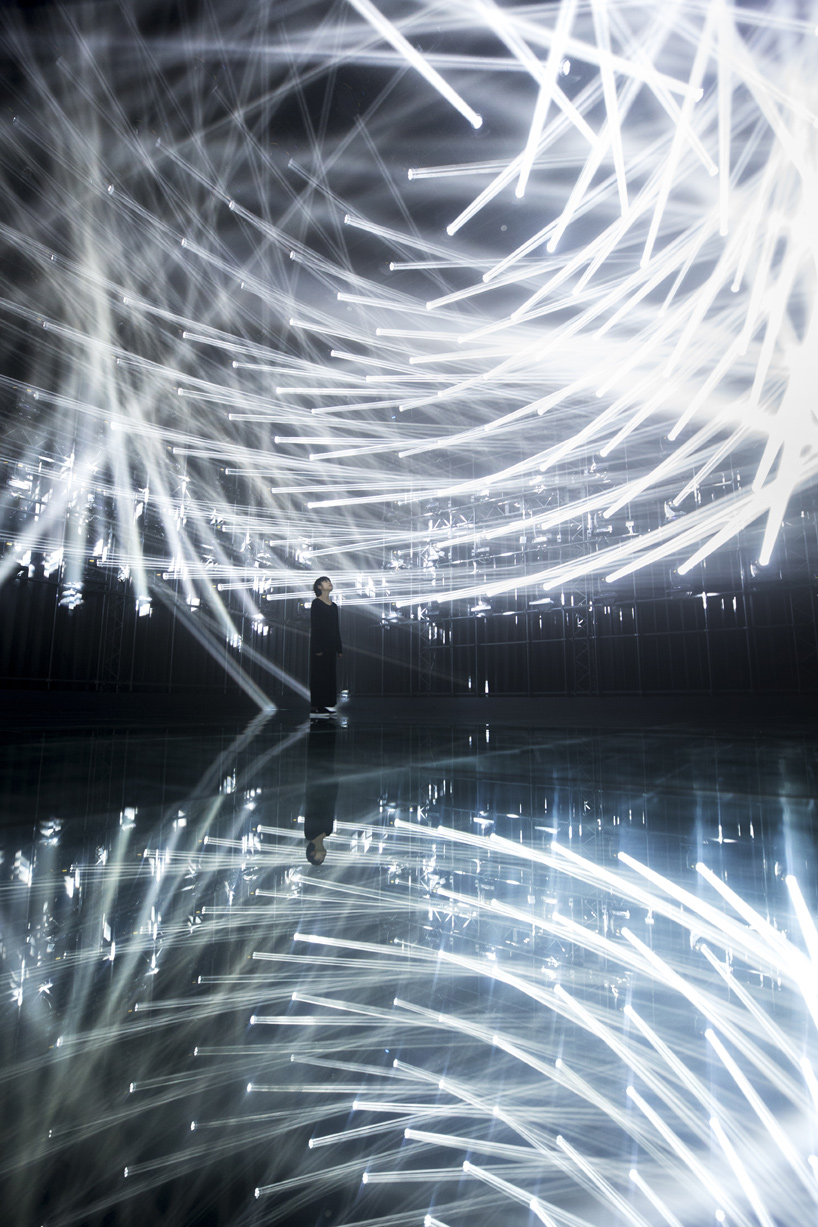
designboom (DB): teamlab has produced exhibitions all over the world, from sydney to new york and beyond. how important is it that this monumental project is being hosted in teamlab’s home country, japan?
teamlab (T): from the very beginning, our aim has been to change our system of values and contribute to societal progress through the medium of digital art. yet an important unknown was how we could support the team financially through our art. we believed strongly in the power of digital technology and creativity and we also loved the work. what we wanted to do was to create new things without regard to genre limitations. we meant that we do not the big focus on which country we made the exhibition, but how to create the experience for people beyond the country.
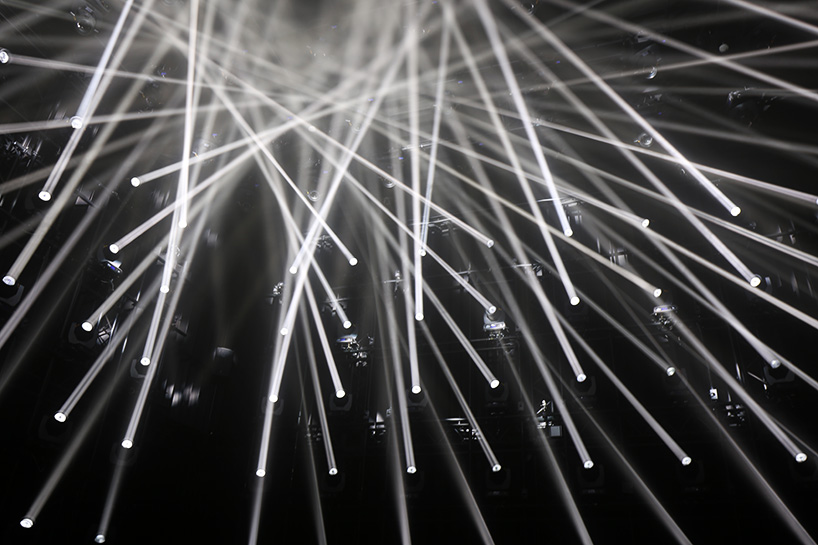
DB: what did you enjoy most about collaborating with mori building on this tremendous exhibition?
T: we wanted to create an exhibition that delivers a borderless art world, and needed to establish a museum itself in order to make that happen. mori building has provided us with the chance to realize our ideas.
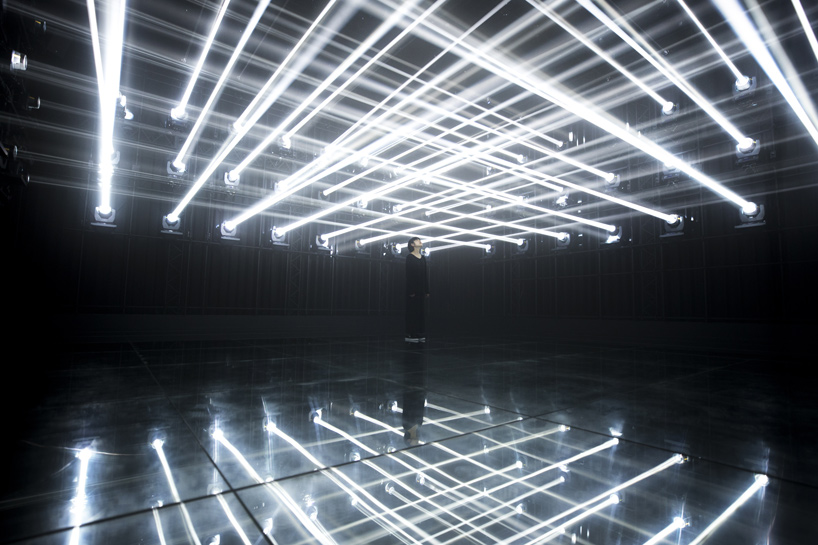
DB: can you talk about the idea of ‘borderless’ as a way to break boundaries between art and visitors?
T: digital art has been liberated from the constraints of material substance. the feelings and thoughts that were incorporated into an artwork through a physical medium can now be directly transferred to visitors through experience.
unlike physical materials, people move freely with their bodies, form connections and relationships with others, and recognize the world through their own bodies. the body has a concept of time, and in the mind, the boundaries between different thoughts are ambiguous, making them influence and sometimes intermingle with each other.
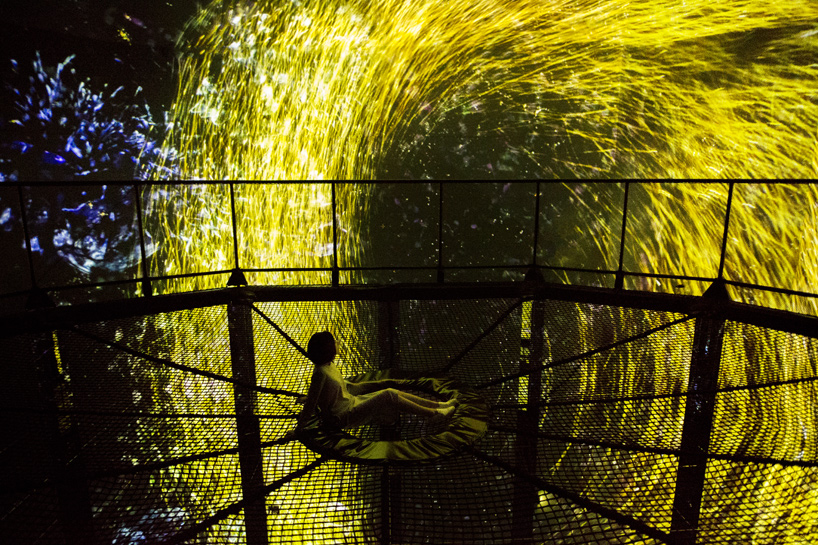
DB: can you speak about teamlab’s interest in nature, and how the natural world informs teamlab’s work overall?
T: teamlab aims to explore new relationships between humans and nature through art. digital technology has allowed us to liberate art from the physical and transcend boundaries. we see no boundary between ourselves and nature; one is in the other and the other in one. everything exists in a long, fragile yet miraculous continuity of life. this is teamlab’s universal concept throughout our creation.
the way of the sea – the nest | video courtesy of teamlab
DB: in what ways does human presence determine the activity of the artworks? how can visitors engage with the space?
T: digital technology allows artistic expression to be released from the material world, gaining the ability to change form freely. the environments where viewers and artworks are placed together allow us to decide how to express those changes.
in art installations with the viewers on one side and interactive artworks on the other, the artworks themselves undergo changes caused by the presence and behavior of the viewers. this has the effect of blurring the boundary lines between the two sides. the viewers actually become part of the artworks themselves. the relationship between the artwork and the individual then becomes a relationship between the artwork and the group. whether or not another viewer was present within that space five minutes before, or the particular behavior exhibited by the person next to you, suddenly becomes an element of great importance. at the very least, compared to traditional art viewing, people will become more aware of those around them. that’s right — art now has the ability to influence the relationship between the people standing in front of the artworks.
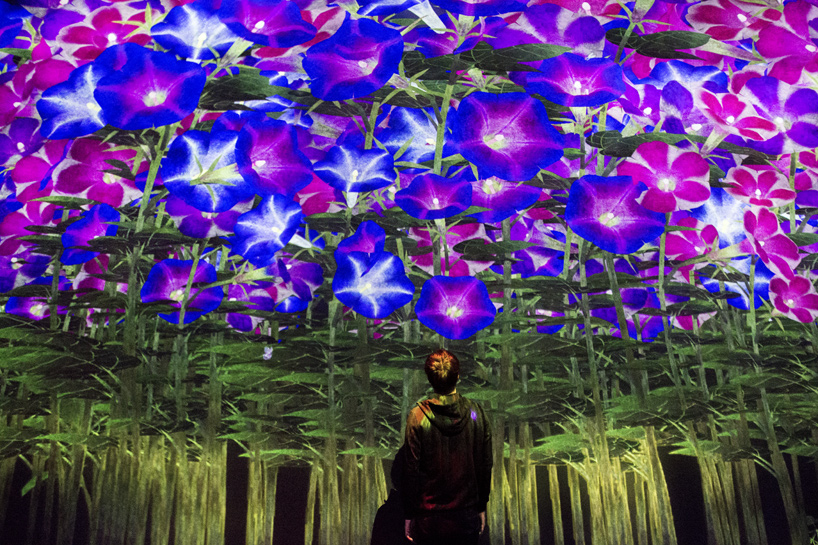
T (continued): our exhibitions flowers and people, can not be controlled but live together, and crystal universe, are good examples of how we feel that by expanding a space through digital art, we are able to indirectly influence the way that people in the space relate to each other. now, if this space that has been expanded through digital art changes due the the presence of others, then the presence of others must be considered a part of the art. if such change is, in itself, a beautiful thing, then the presence of others can also be something beautiful. through this combination of digital art and technology, we feel that we can make the presence of others something more positive.
with the kind of conventional visual art we have had until now, you could say that, from the viewer’s point of view, the presence of others was an interference, at the very least. in our exhibitions, we feel that the presence of others can be felt as a positive presence, more so than in the kind of art that we have seen up until now.
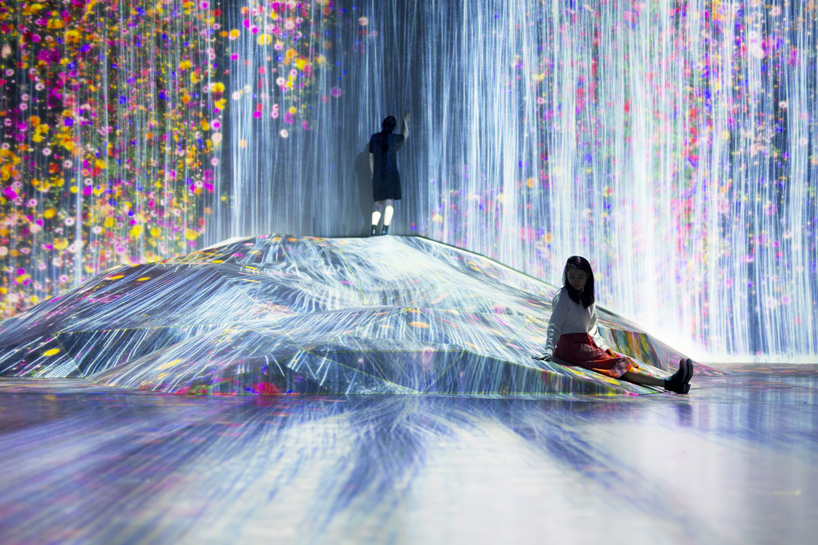
DB: technically speaking, how many people work on an installation of this scale, and what kinds of technologies are involved?
T (continued): knowledge and experience working across all of our installations have influenced our new artwork. it is a bit hard to say how many people work on a particular project. we used software and 3D modeling, as well as sensing technologies. we could say that technology is the core of our work, but technology is not the most important part — it is still just a material or tool for artworks.
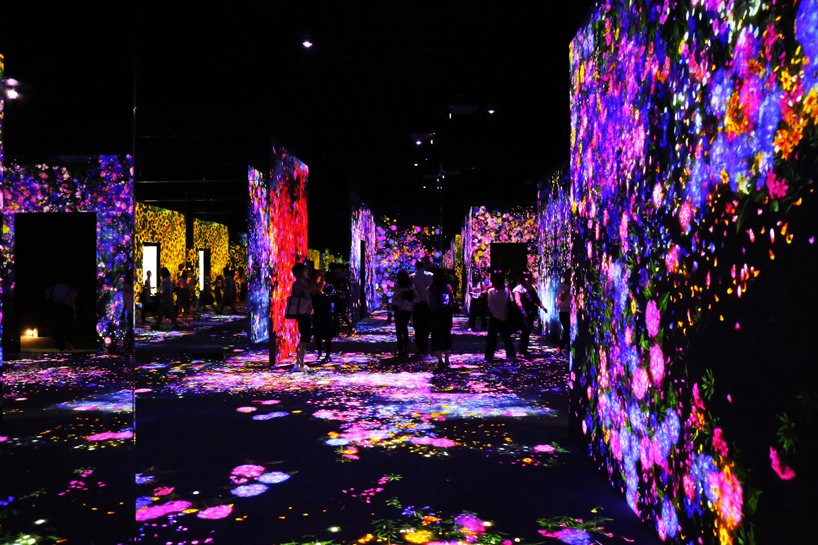
DB: what is the creative process like, and how did the exhibition develop among the team?
T: sometimes we have to create an artwork even if we cannot clearly see the artwork’s goal. our artworks are created by a team of hands-on experts through a continuous process of creation and thinking. although the large concepts are always defined from the start, the project goal tends to remain unclear, so what we need to do is for the whole team to create and think as we go along.
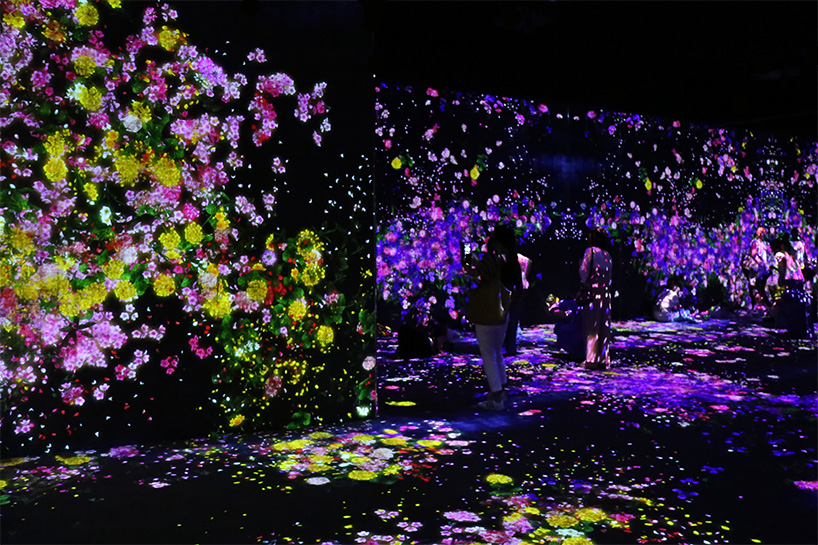
T (continued): teamlab’s organizational structure seems flat at a first glance, but it is also extremely multidimensional, with an underlying layer that is unclear and undecided. the big concepts are always defined from the start, and the project goal and technical feasibility also go hand in hand. the goal of the artwork becomes more clearly defined as the team progresses its work.
flower forest: lost, immersed and reborn | video courtesy of teamlab
DB: what feeling do you hope visitors take away from their experience at the mori building digital art museum?
T: we want visitors to understand how digital technology can expand the conception of art and furthermore, that these techniques can liberate art from a value system based only on physical materials. we hope that this exhibit will encourage people to rethink the relationship between humans and nature as well as their relationship with the world.
one characteristic of interactive art is that the existence and behavior of the viewer can influence the art, thereby blurring the line between art and viewer. in other words, the artistic work is made up of both the art and the viewer. one consequence of this is a shift in the relationship between art and viewer as well as between the individual viewer and the group. factors such as whether there were any viewers that saw the work five minutes before you did, or what the viewer next to you is currently doing, suddenly become important. at a minimum, our interactive installations call more attention to the actions of the viewer next to you than would a traditional painting. the result is that the art gains the ability to influence the relationship between the viewers standing in front of it. and if the effect of another person’s presence on the art is beautiful, it is possible that that person’s presence itself will be seen as beautiful.
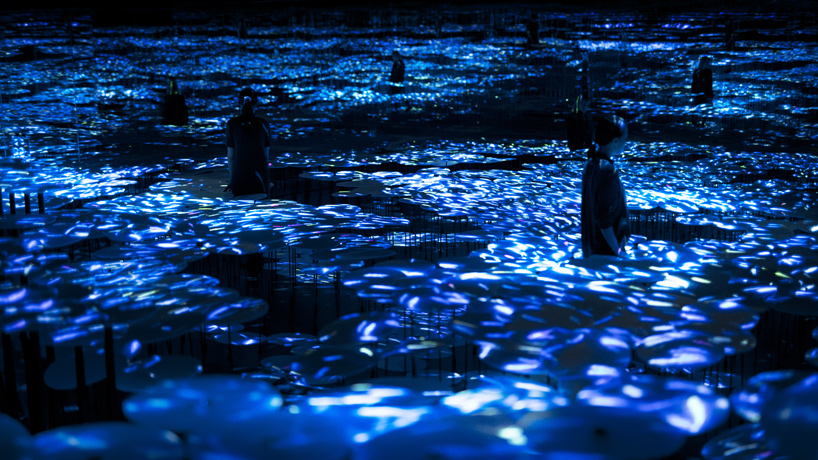
T (continued): the paradigm in traditional art has been to treat the existence of other viewers as a nuisance. if you are at an exhibition with no other viewers for example, you are likely to think of yourself as extremely lucky. yet in the exhibition put together by teamlab, we encourage people to think of the presence of other viewers as a positive factor.
the importance of this shift in thinking stretches beyond the art world. in modern cities, the presence of other people around us as well as their unpredictable and uncontrollable behavior is often seen as an inconvenience to be endured. this is because the presence of each person and those in their vicinity do not have a visible effect on the city. if entire cities were to be wrapped in the type of digital art conceived of by teamlab, we believe that people would begin to see the presence of other residents in a more positive light.
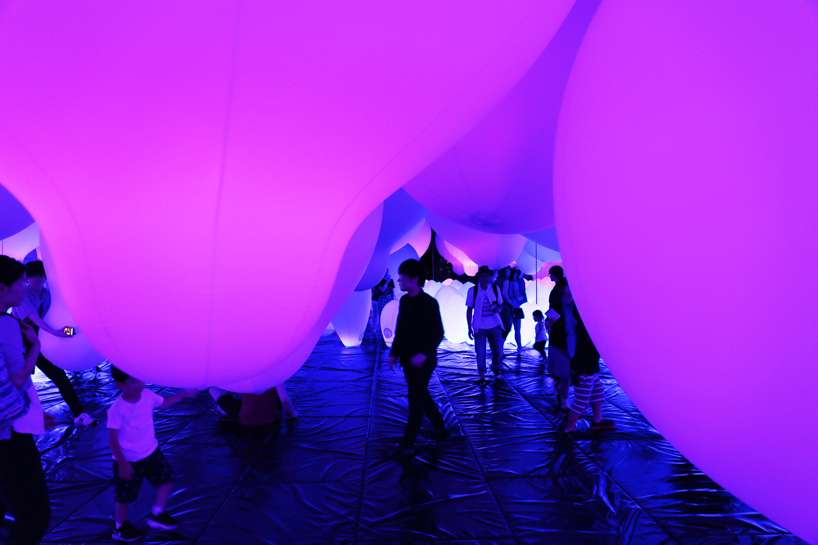
weightless forest of resonating life | image © designboom
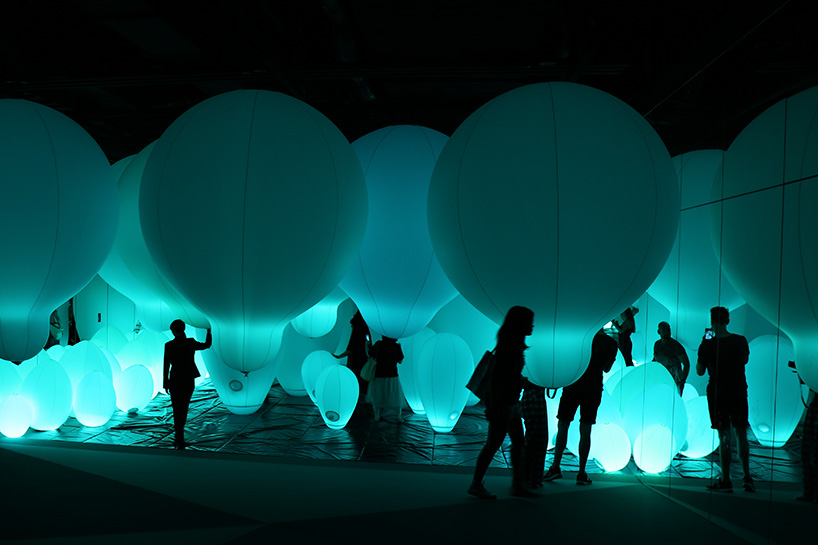
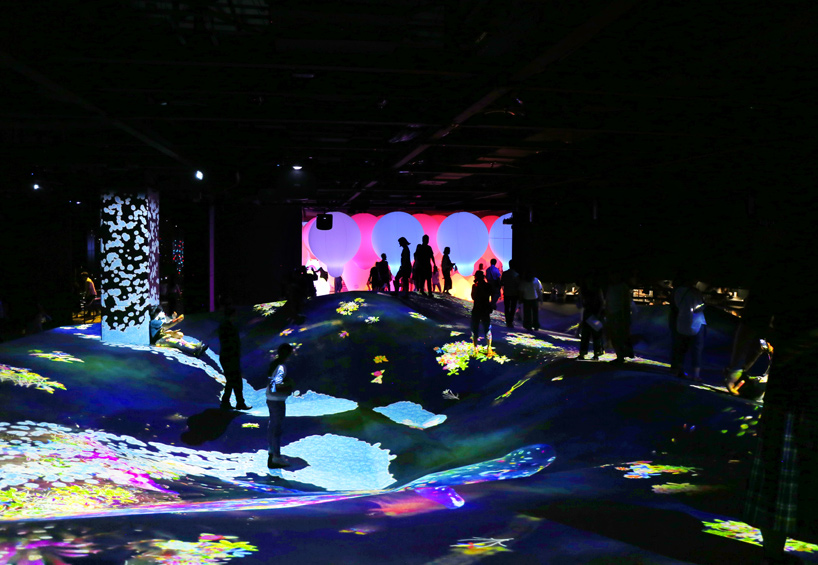
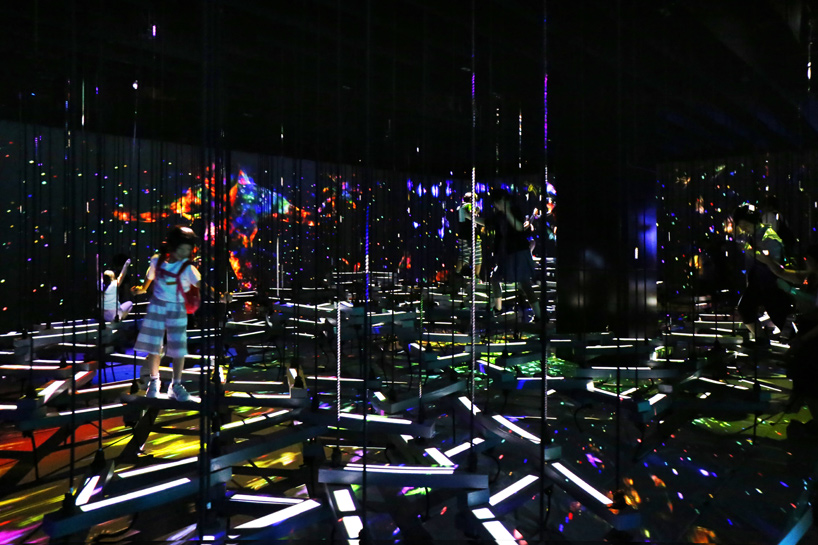
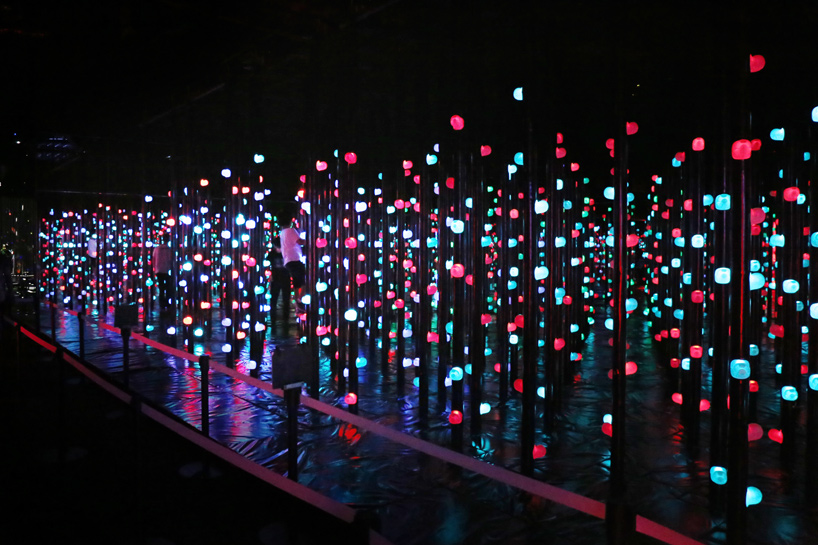
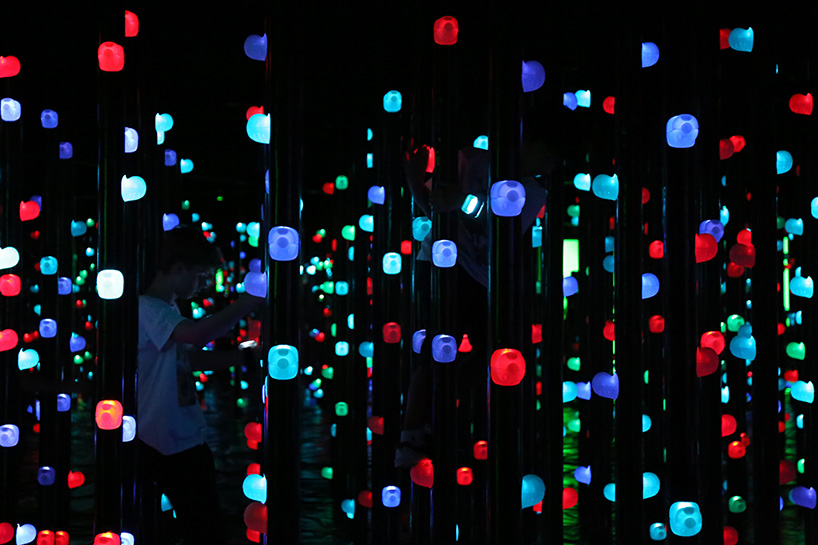
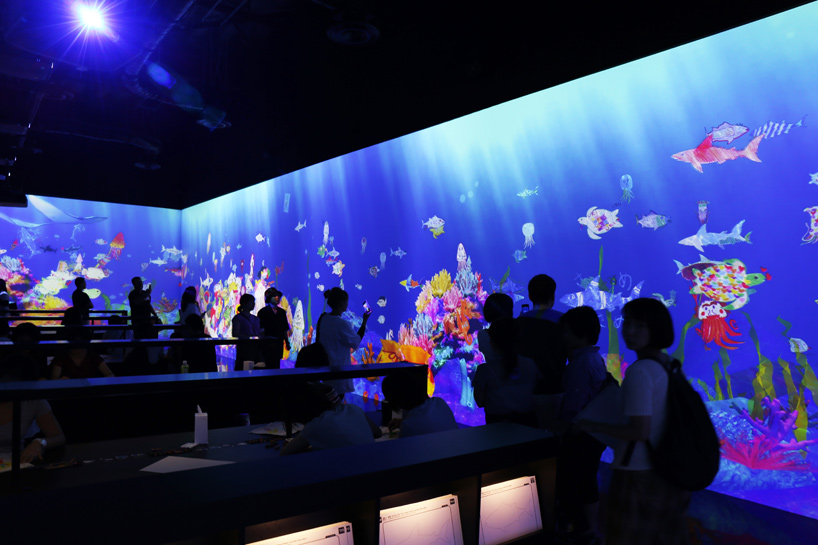

Click here to view original web page at www.designboom.com
July 16, 2018

Leave a Comment